How To Manage Your Concerns
Top Trending Posts

As leaders, we are present to our concerns on a daily basis. Concerns for our results, our teams, ourselves. That’s just the work side – add to this the concerns we have for our broader life. Our concerns for social connection, money, mortgages, meaningful work, our future horizon and of course our friends, families and communities.
During the past few years, it seems that the range of concerns we have grappled with has broadened somewhat or that we’ve had to cultivate a different relationship with the number of concerns we face. Unprecedented levels of uncertainty and disruption have ruled our concerns during this pandemic era. For many of us that has required us to redirect our attention as our concerns change and for some of us, we have had to completely reinvent ourselves. This has brought into focus a new range of concerns, and it stands to reason we need new skills to navigate the growing number of concerns we must attend to.
The purpose of this article is to help you explore the range of concerns you may be grappling with in leadership and life. We will introduce you to a way to think about and map the concerns that are present for you. We will also offer some ways to support you to dedicate time to reflect and shift concerns into conscious conversations for the sake of clearing concerns and opening you to a different future.
Our concerns shape how we observe, listen and converse. They shape the conversations we can have, the conversations we are willing to have and those conversations we perceive we cannot have. We often fail to realise that unless we give some attention to our concerns, they commit us to a particular way of thinking that can bind us and blind us. If as leaders, we do not attend to our concerns, they can continuously shape our thinking and behaviours in ways that can undermine our relationships and results.
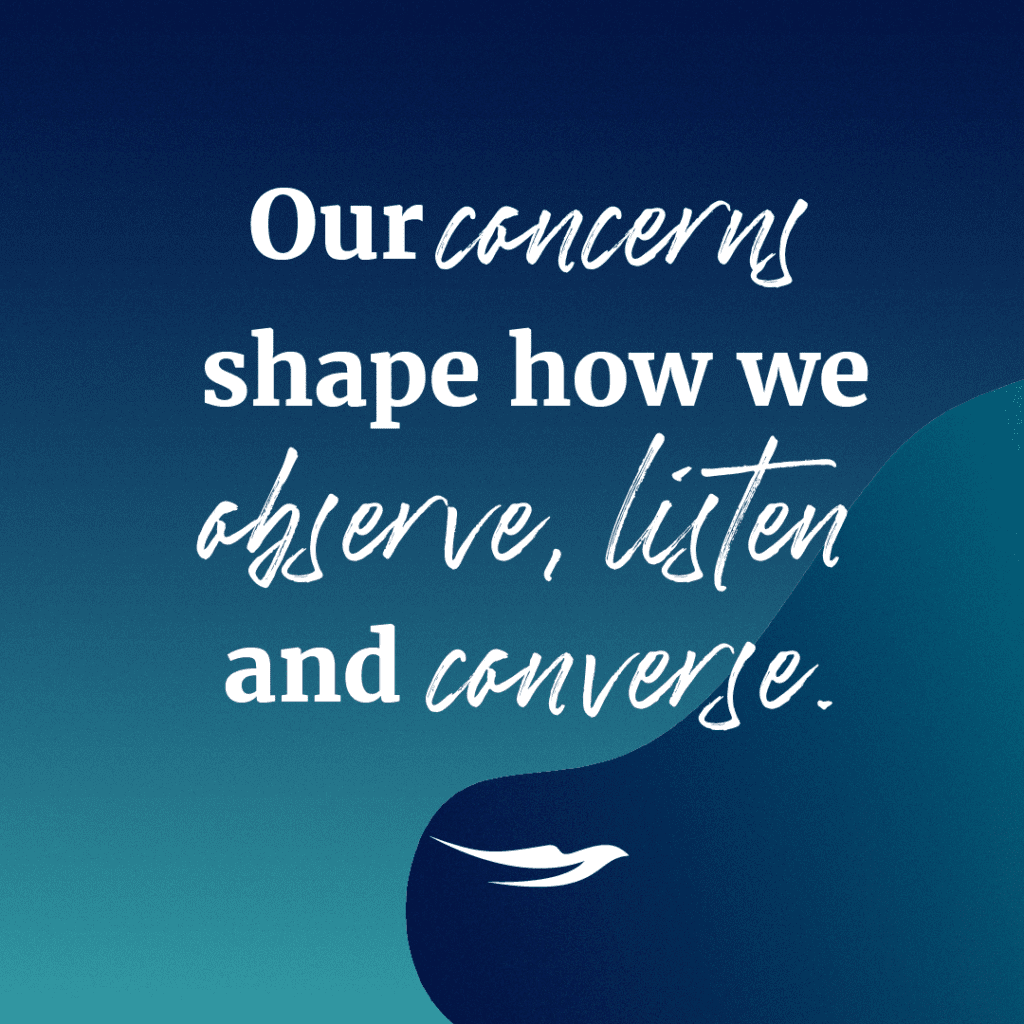
We invite you to use this article as an opportunity for reflective practice. This means, slowing down, taking some time and thinking about your responses to our prompts. Our intention is to offer you some quality questions and our request is that you give yourself some quality time to attend to them.
As we have shared, concerns exist across all domains of our life, as well as those that arise in the course of our leadership.
Let’s tune in to your concerns to begin:
- What are the top three concerns you currently have about your organisation?
- What are the top three concerns you have in relation to your leadership?
- What are the top three concerns you have in relation to your life?
We trust that these concerns are pretty easy to identify. The trick is finding the time to pause, reflect and begin to unearth less obvious concerns so that they can become more considered and conscious, and you can confront them head on.
To help you do this, we would like to build a map of your concerns with you.
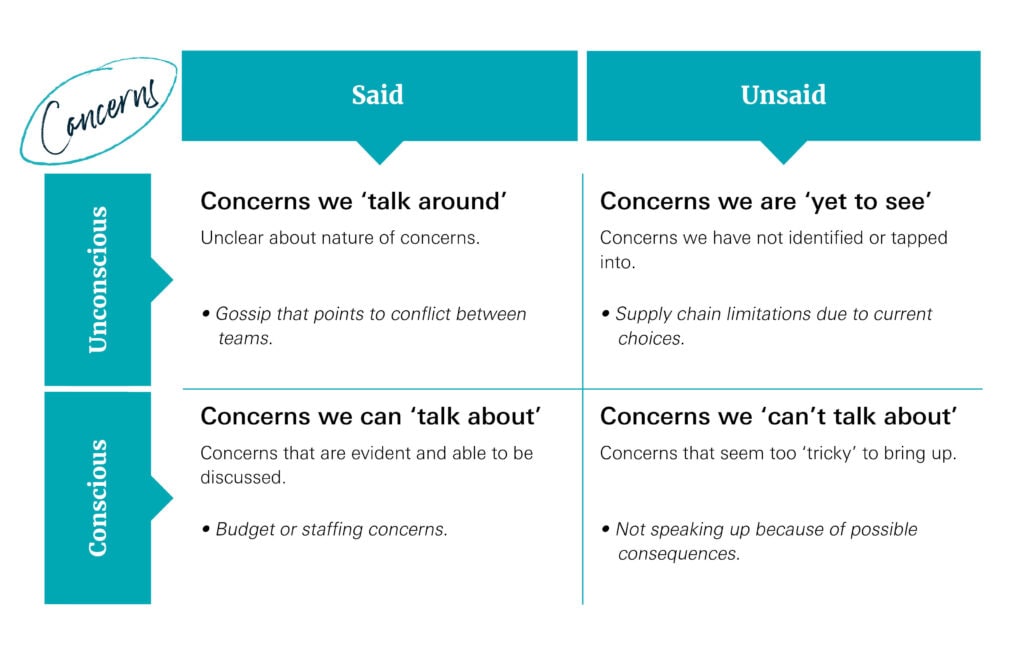
This map has two axes. The first axis is designed to help you reflect on whether or not each of your concerns is spoken about or unspoken about, that is, said or unsaid. Concerns that are unspoken can consume a great deal of time and energy, so it can be helpful to slow down, identify and attend to them.
The second axis in your map relates to whether or not your concern is conscious or unconscious. You might be wondering how a concern can be unconscious, and we will explain more about that in a moment. In short, dealing with unconscious concerns is about taking time out to anticipate future concerns, moving strategically to attend to these and identifying trends within your business that point to concerns being present.
In bringing these together, we create a map that helps us explore your concern landscape.
Our objective here is to begin making the unconscious conscious and shifting the unsaid to said. That is, there are practices we can undertake as leaders to move from Quadrants 1, 2 and 3 to Quadrant 4, where we can consciously engage in the conversations we want that liberate us.
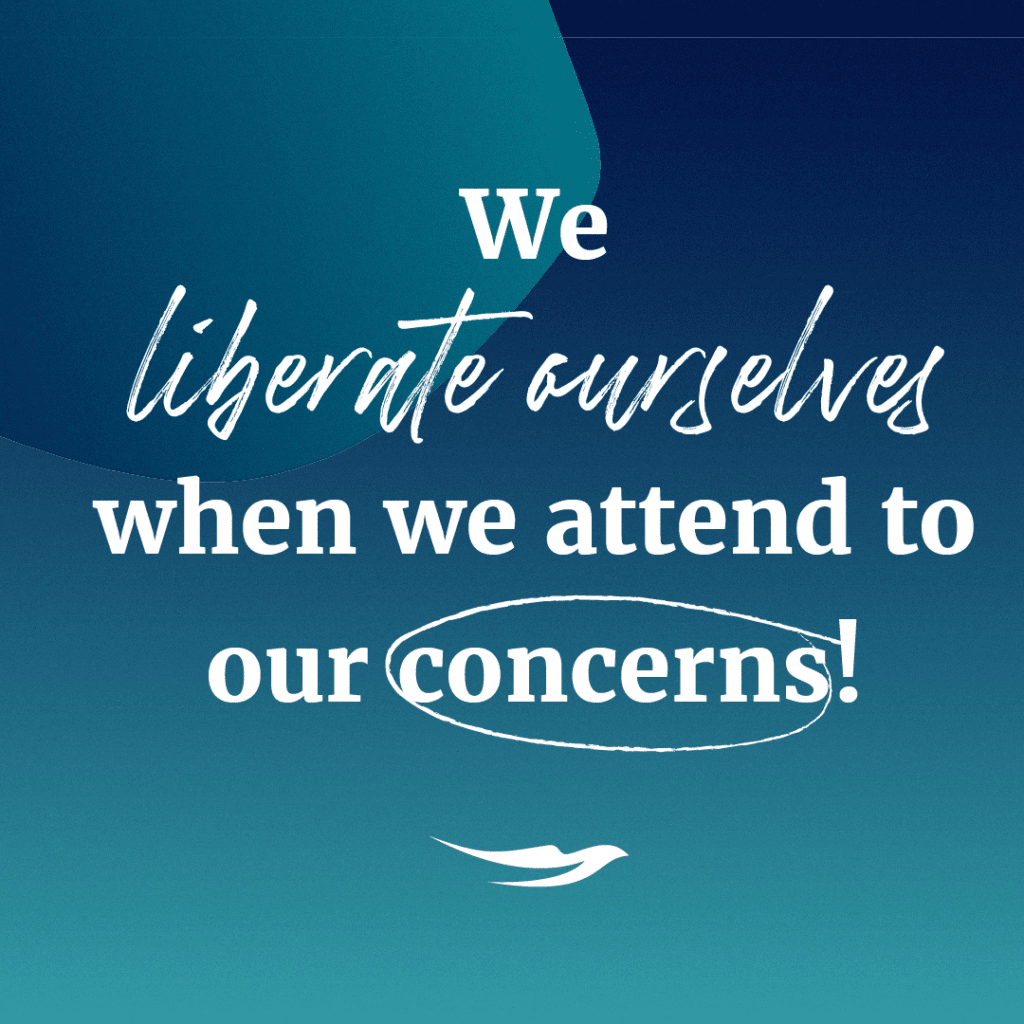
Let’s jump in and look at these one Quadrant at a time.
Quadrant 1 – Unconscious Said
Let’s start with the top Quadrant. We call these concerns we talk around. That is, we sense the presence of concerns but we have not paused and reflected on or explored the nature or impact of them.
A good example of this would be the complaints and concerns that are raised by your team or some department of your organisation where you see there’s an issue, but don’t understand the origin of such concerns. This warrants further investigation to really understand what’s going on. Deep listening of the front line and mid levels of your business will help you identify the concerns that may be unconscious at the Executive Level, by following the conversation trail of complaints and gossip/whinging.
Take a moment now to look back at your list of concerns and see if any fall into this category. Is there an anomaly in your business, or conversations you’re aware of that point to a concern you need to be more conscious about?
Quadrant 2 – Unconscious Unsaid
In the second Quadrant we attend to is what might traditionally be known as a blind spot. These are the concerns we are yet to see, identify and tap into.
An example of this might be supply chain price escalation. We did not see a global pandemic coming, nor the impact of this being a protracted experience that created supply chain pressure. Add to this a changing geopolitical environment, and we experience new pressures on our local businesses because of our reliance on the global supply chain. These complex concerns have arisen far more frequently during the last two years and many leaders have learned that failing to identify such pressures early can lead to new kinds of business risk.
Reflection alone will not be enough to attend to the unconscious unsaid parts of your concern landscape. Instead, it will be important for you as a leader to expand the way you think, explore and connect beyond your direct operating context, to explore anomalies and tap into networks beyond ‘BAU’ to reveal emerging trends and to begin having conversations about what you see coming next. This will move these kinds of concerns to a disclosed possibility (spoken about) and into a more conscious realm. This may also help you anticipate disruption.
Look back at your list of concerns and see if any of these are pointing to the need to more broadly scan the landscape and anticipate what’s coming next for you in business, and possibly life.
Quadrant 3 – Conscious Unsaid
In the third Quadrant we attend to those concerns we believe we can’t talk about. These are the concerns that seem too tricky to bring up in conversation, but nonetheless, they bother us, and they remain concerns when we don’t allow the time and attention we need to ‘unpack and explore’ them.
Company politics, poor performance, intra-team tensions all live here. The opportunity for leaders within this Quadrant is to be able to distil the issues they’re aware of and decide if there are conversations that can be pursued that clear the pathway from unsaid to said. The practice of sharing and declaring concerns, identifying where trust is broken, where relationships are not working and shifting mindset and mood to be able to converse about concerns are essential in being able to shift from the unsaid to the said.
What are the concerns that you are present to that you feel that you cannot talk about?
What are the underlying assessments and narratives that you continue to invest in that keep the concerns unspoken? What would be different if you were able to find a way to speak about these concerns?
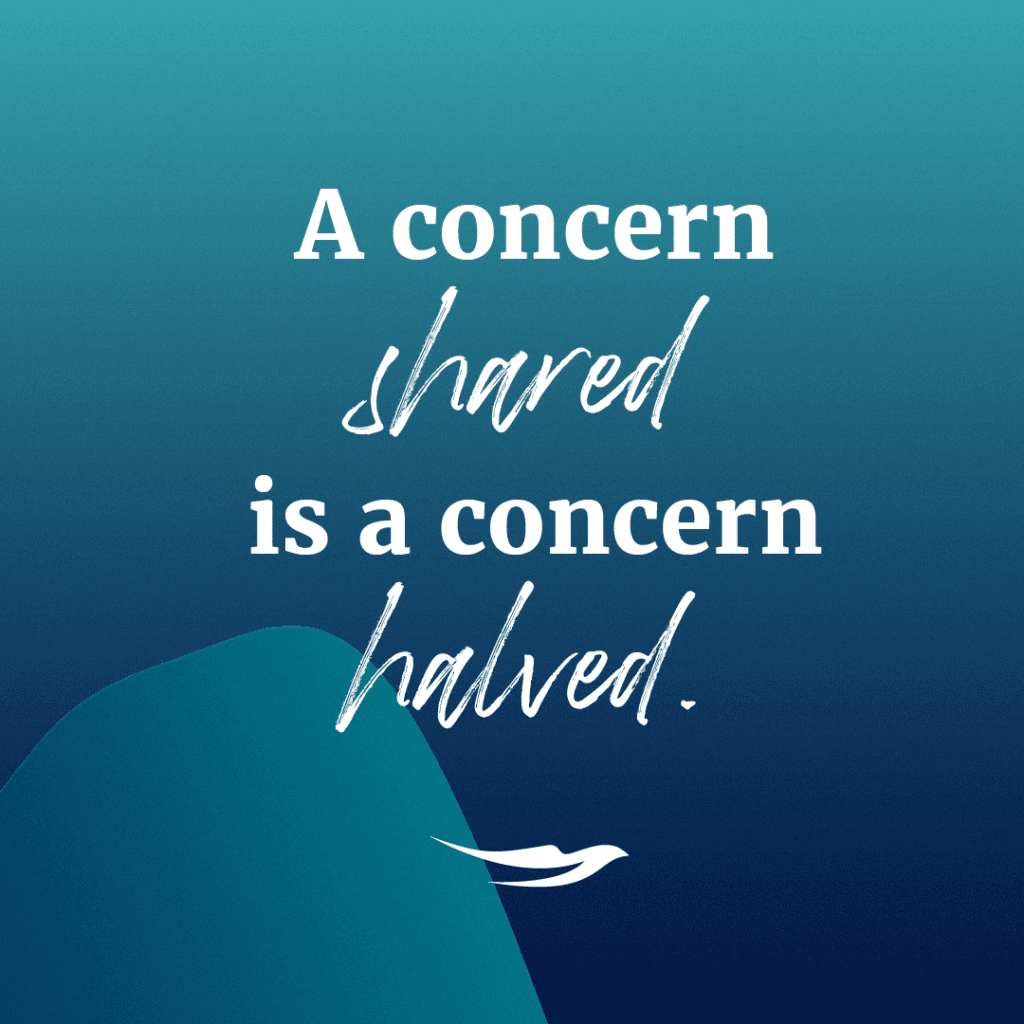
Quadrant 4 – Conscious Said
As we mentioned earlier, all roads lead to Quadrant 4. As leaders, it should be our objective to move from the unconscious and unsaid to the conscious said, which is, the concerns we can identify, articulate, converse about and clear or address. In creating a space for such conversations to take place, we need to develop effective listening skills, effective facilitation skills and the capacity to explore possibilities without closing down conversations too early.
We assess that the more masterful leaders are those who are proficient at being able to identify concerns and move them to Quadrant 4 for the sake of clearing them and moving on.
Which of your concerns are in this conscious ‘said’ domain and how confident are you to converse about these? Are there specific skills and practices you need to hone in on to be able to open the conversational space?
What would change for you if you were able to shift your concerns into conversations so that you (and others) were able to shift or address concerns more powerfully?
Now that you have a sense of where all of the concerns live that you began with in each of the four Quadrants, what sense are you making of this map and what opportunities are available to you to move conversations from Quadrants 1, 2 and 3 into Quadrant 4?
As leaders and human beings, the concerns we hold are important for us and therefore how you attend to them needs to be well considered. If you’re looking for skills and practices to be able to identify your concerns and engage in effective conversations about them, we can help, so keep following our socials or contact us if you’re ready to confront the concerns that keep you awake at night.
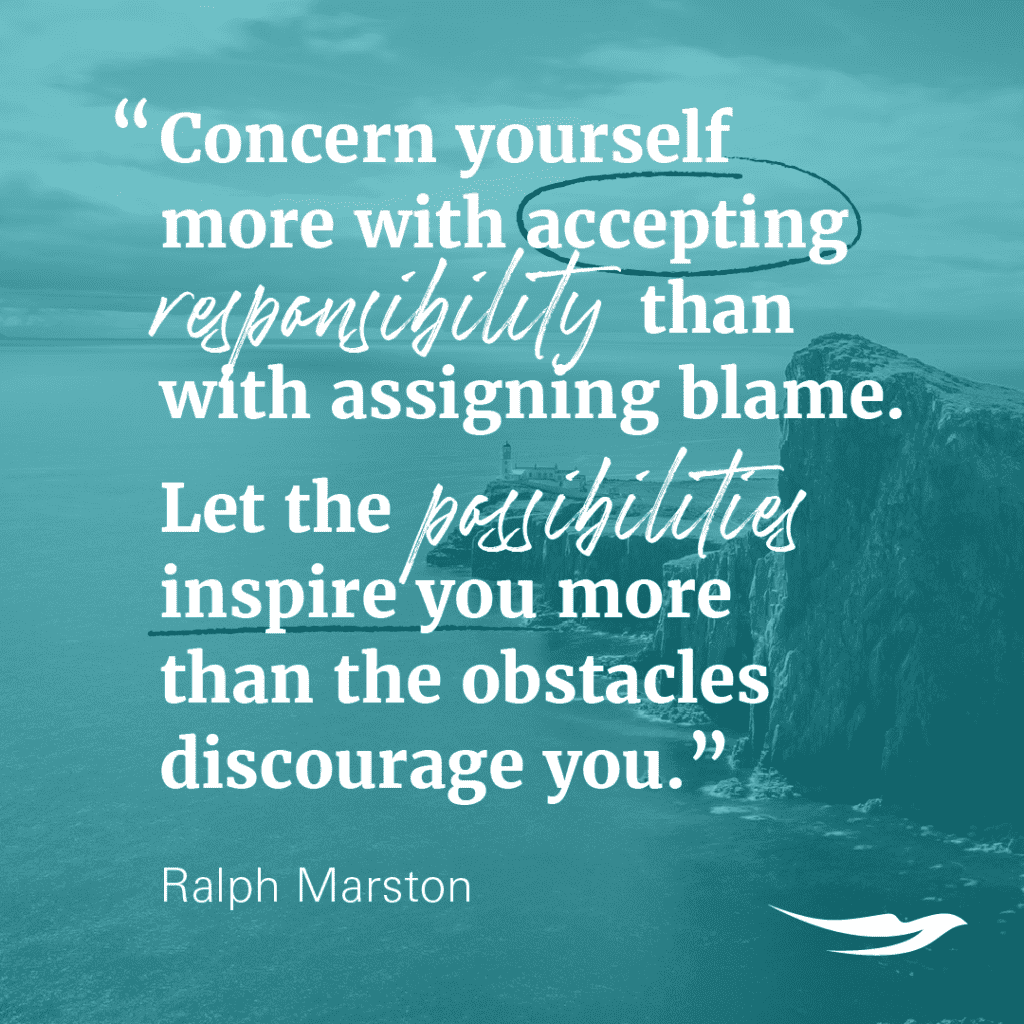
Share This
Top Trending Posts
Sign Up
to our blogs and receive regular updates.

Stay in the Conversation
with Liberated Leaders...

